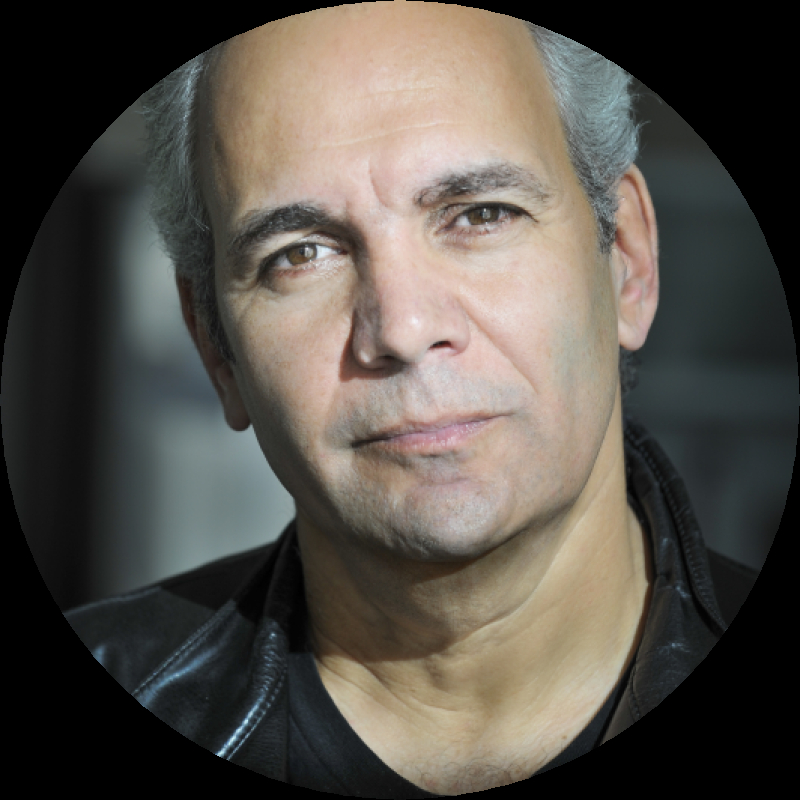
Photo Credit:
Photo credit
Rafael Goldchain
Emil Sher
ADDRESS
City: ,
Province/Territory: _none
EMAIL
c/o TWUC
PUBLICATIONS
Publications



